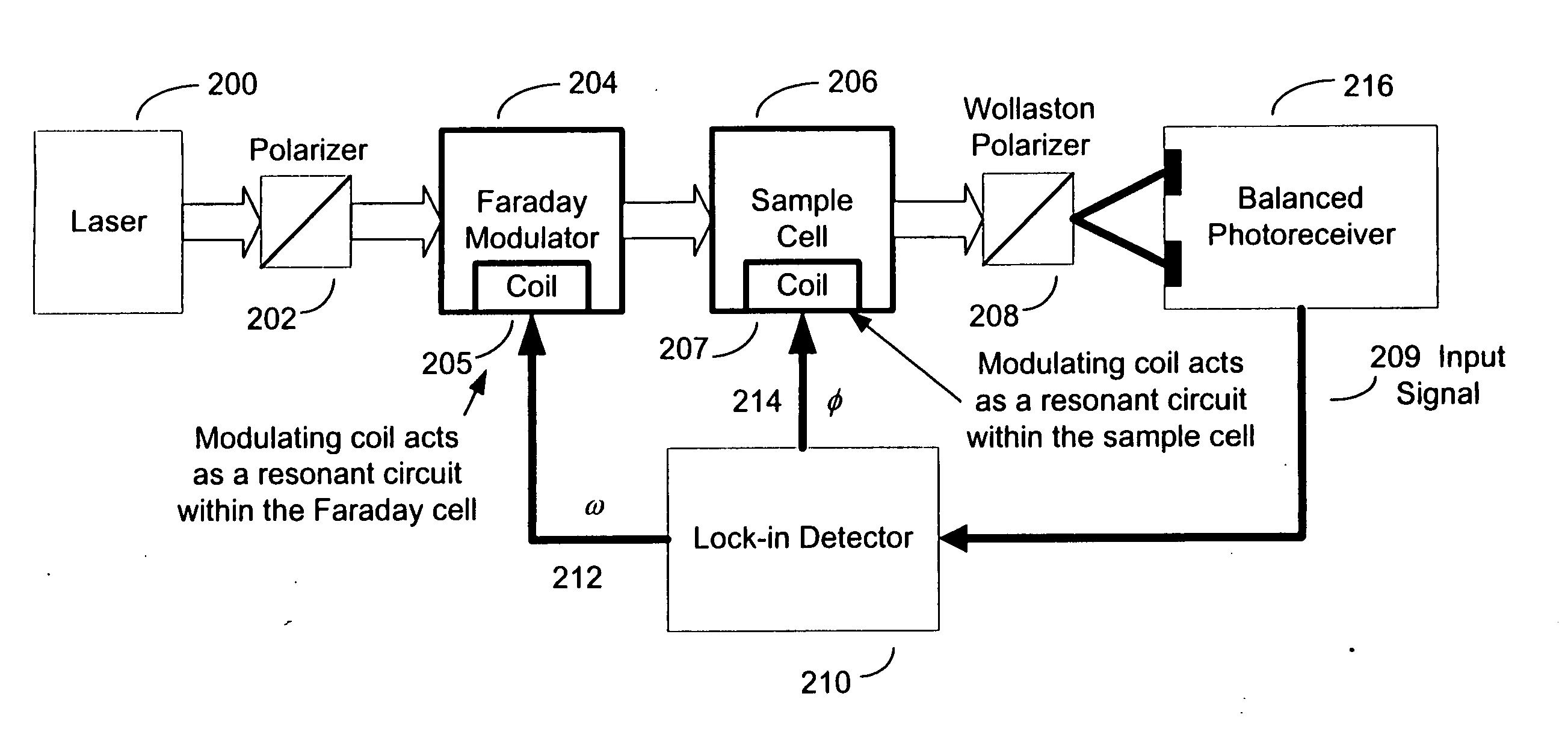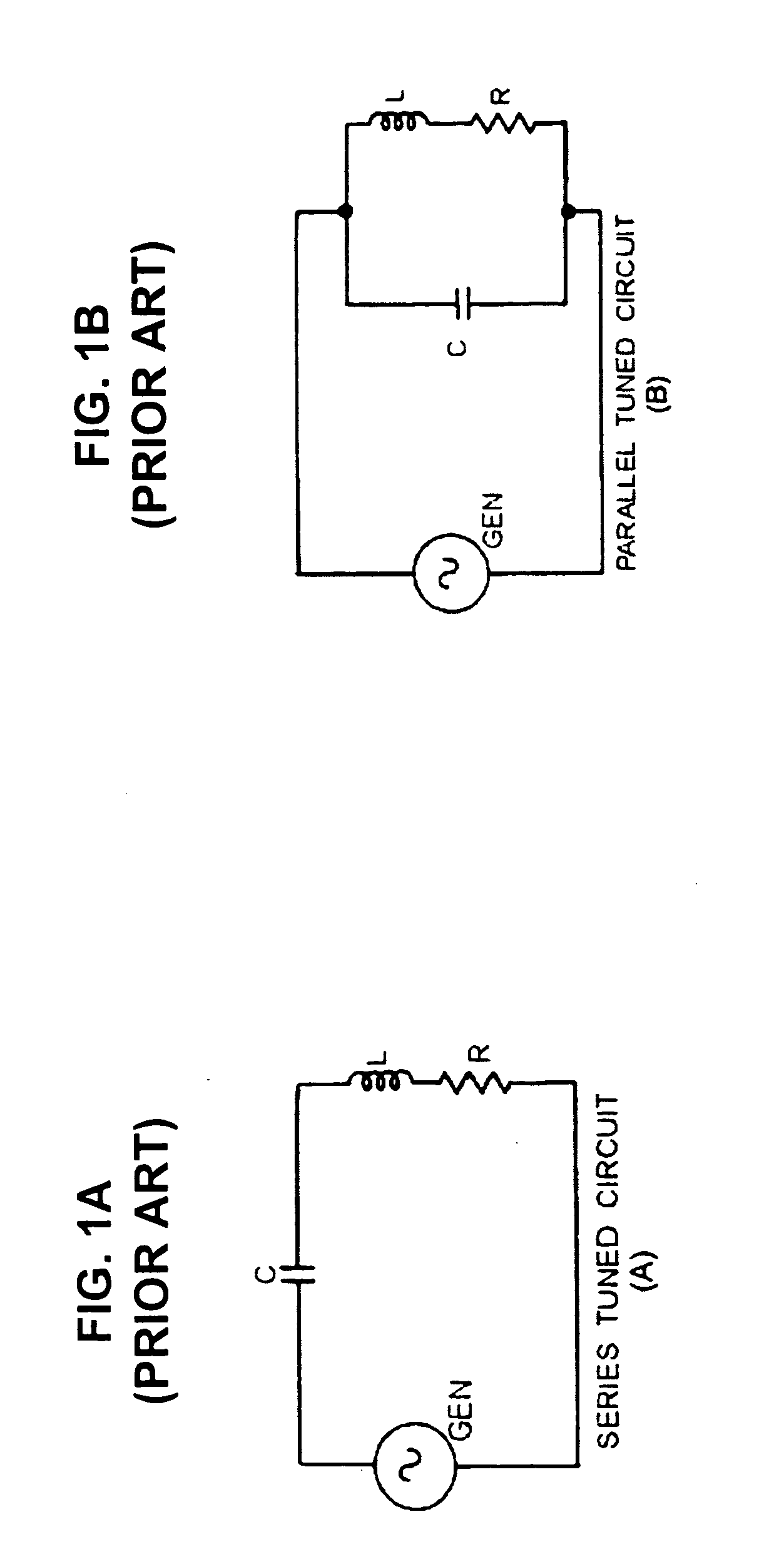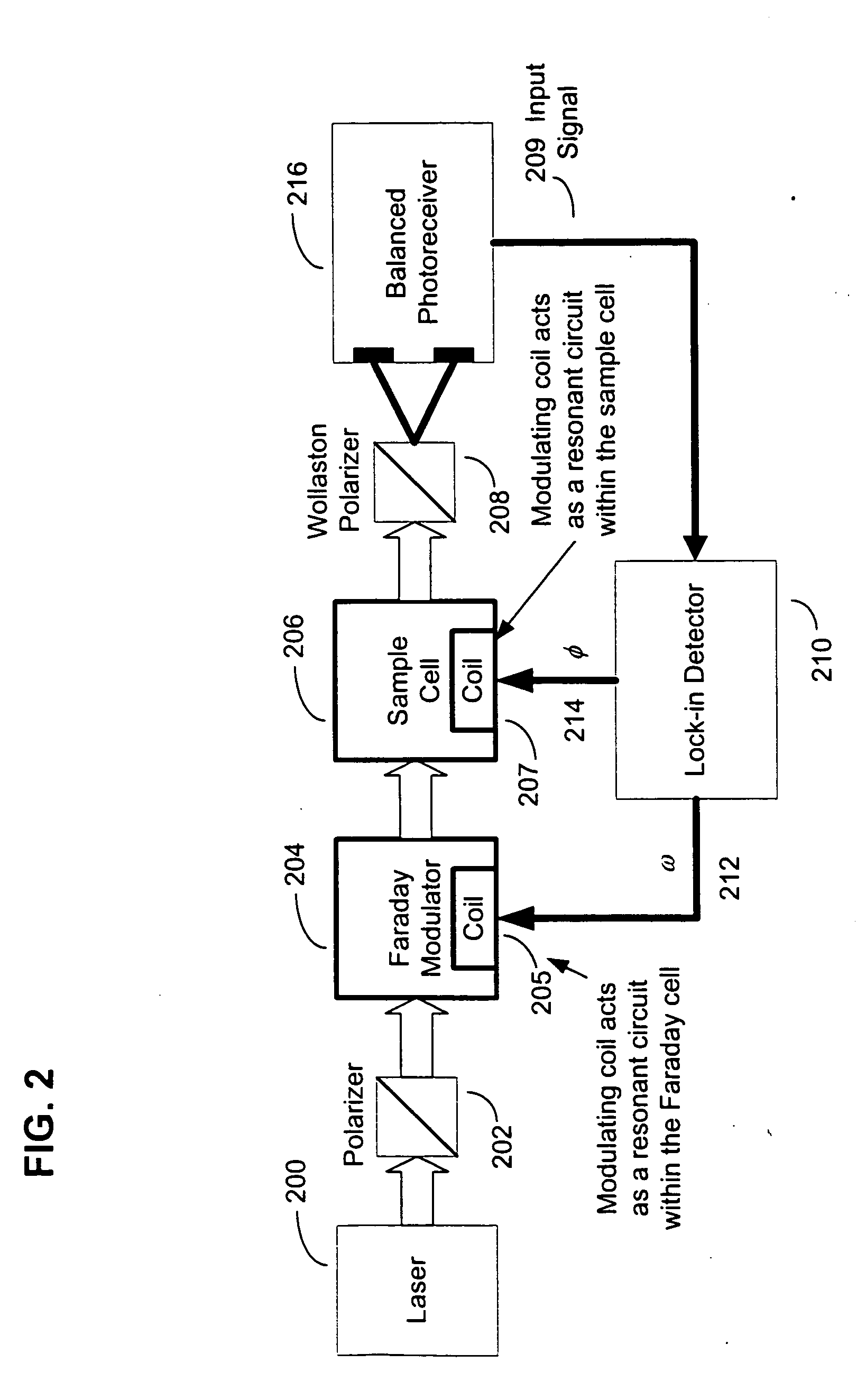Systems and methods for automated resonant circuit tuning
a technology of automatic resonant circuit and tuning system, which is applied in the direction of electrial characteristics varying frequency control, instruments, calibration apparatus, etc., can solve the problems of difficult separation and quantification of enantiomers, inability to detect pharmacologically relevant levels of enantiomeric impurities in many desired modern pharmaceuticals, and inability to meet the increasing demands for rapid, high-sensitivity analysis
- Summary
- Abstract
- Description
- Claims
- Application Information
AI Technical Summary
Benefits of technology
Problems solved by technology
Method used
Image
Examples
Embodiment Construction
[0021] Reference will now be made in detail to the present exemplary embodiments of the invention, examples of which are illustrated in the accompanying drawings, presentations, specifications and other technical documentation. Wherever possible, the same reference numbers will be used throughout the drawings to refer to the same or like parts.
[0022]FIG. 2 illustrates an exemplary block diagram of an exemplary chiroptical heterodyning system, which is an exemplary operating environment for methods and systems that automatically tune a resonant circuit according to an embodiment of the present invention. Referring now to FIG. 2, a laser 200 generates a probe beam of light provided to a polarizer 202. Thereafter, the input linear polarization state of the probe beam may be adjusted or modulated with a Faraday modulator 204 in response to signal 212. If periodically modulated, the frequency of such modulation is designated ω. In an alternative embodiment, the Faraday modulator 204 may...
PUM
| Property | Measurement | Unit |
|---|---|---|
| frequency | aaaaa | aaaaa |
| frequency | aaaaa | aaaaa |
| frequency | aaaaa | aaaaa |
Abstract
Description
Claims
Application Information
 Login to View More
Login to View More - R&D
- Intellectual Property
- Life Sciences
- Materials
- Tech Scout
- Unparalleled Data Quality
- Higher Quality Content
- 60% Fewer Hallucinations
Browse by: Latest US Patents, China's latest patents, Technical Efficacy Thesaurus, Application Domain, Technology Topic, Popular Technical Reports.
© 2025 PatSnap. All rights reserved.Legal|Privacy policy|Modern Slavery Act Transparency Statement|Sitemap|About US| Contact US: help@patsnap.com



